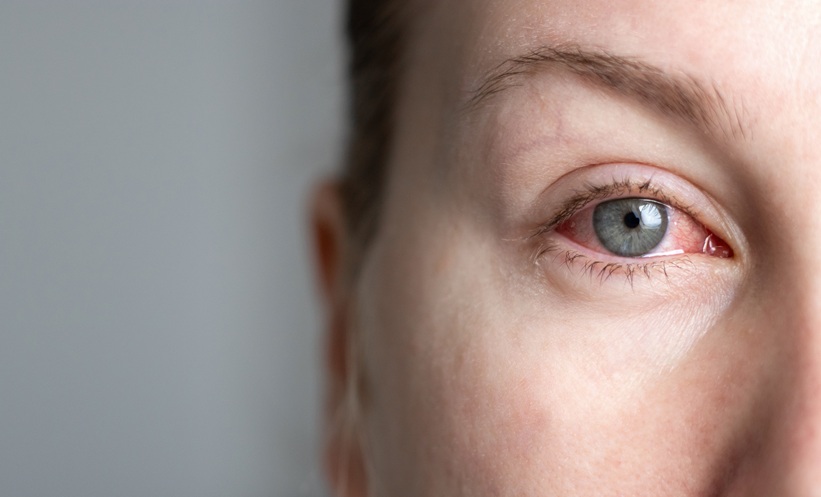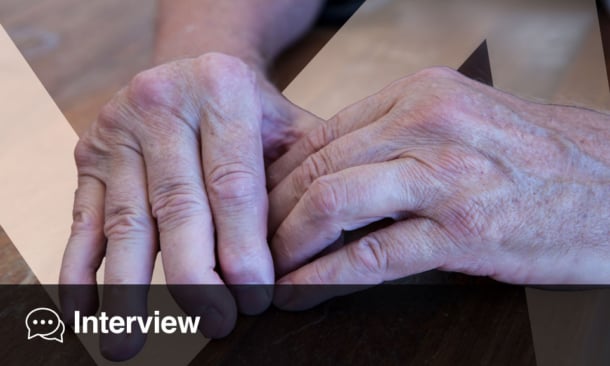AT EULAR 2025, researchers from Morocco presented the first-ever study using latent class analysis (LCA) to redefine clinical phenotypes in Behçet’s syndrome (BS), a notoriously complex inflammatory condition with highly variable symptoms and treatment needs.
Drawing on data from 553 patients seen over a decade at a single centre, the team identified five statistically and clinically distinct subtypes of BS. These included a vascular-dominant type (39%), an ocular-predominant group (31%), a neurological cluster (7%), a skin-mucosa and articular type (18%), with the highest female representation, and a small “uncertain BS” group (5%) that showed less classic mucocutaneous features but more vascular and ocular involvement.
Importantly, each phenotype showed notable differences in sex distribution, disease onset, and treatment requirements. For instance, neurological and ocular subtypes were more likely to receive high-dose corticosteroids and immunosuppressants, while biologics like TNF-alpha inhibitors were most commonly used in the ocular and uncertain BS groups.
This study highlights the value of using LCA, an AI-based clustering method, to move beyond rigid classifications and capture the nuanced presentations of BS. The findings pave the way for more personalized, precision-based management strategies that align with the 2018 EULAR recommendations.
Reference
Chadli S et al. Identification of Clinical Phenotypes in Behçet’s Syndrome Using Latent Class Analysis. Abstract: POS0018. EULAR Congress, 11-14th June, 2025.








